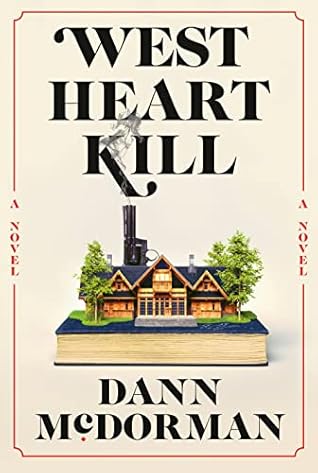And you’re imagining this rat, smeared with John Garmond’s blood, dragging its belly across the stores in the pantry, while reflecting on this new gambit by the author, shifting to the “we” of the first-person plural, a form you’ve seldom encountered in murder mysteries, and for good reason, since the “we” effectively obscures the “who”—which, you realize, might be the reason to tack in this direction now, when the “who” moves to the heart of the story, a ploy allowing the murderer’s individual identity to be concealed in the “we” like a leaf hidden in a forest, or a body on a battlefield.
Fans of G.K. Chesterton’s Father Brown sleuth may spot a reference here to his revelatory short story “The Sign of the Broken Sword.” As for the shifting perspectives, this was a format I’d resolved to do very early on: I wanted each day to be told from a different point of view, as a way to stamp each section with its own identity. (The exception being the “you” second-person perspective of the imaginary reader, which remains present throughout the novel for reasons that will, I hope, become clear by the end.)
Rae Colley and 1 other person liked this


